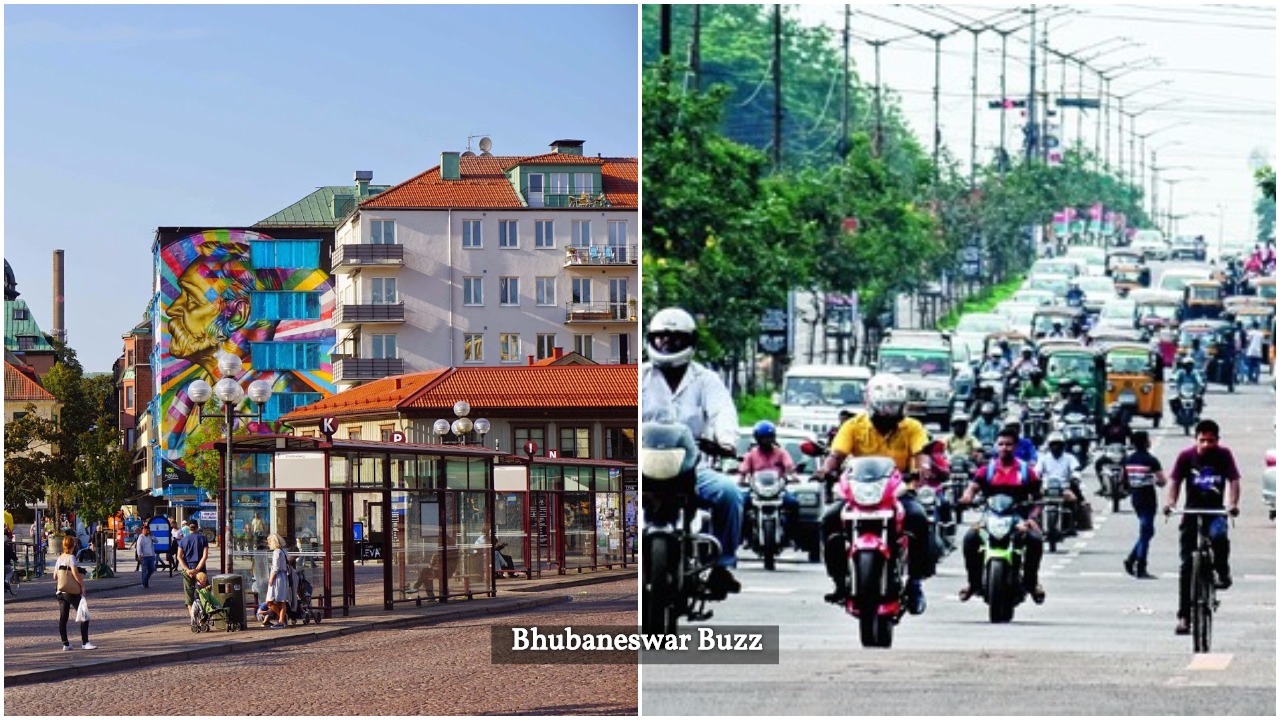Cities across the globe are in risk of creating enormous problems with their waste due to lack of sync within sustainable practice. Which icludes waste segregation and recycling by avoiding issues such as groundwater pollution, uncontrolled dumps, dioxin emissions and other environmental pollutants from fires in dumps as well as limited resources being exhausted. Its a very much regular practice in cities that differentiates cities that are able to solve their garbage problems across the globe and those still able find excuses.
Similarly Indian cities are struggling to sync into sustainable practice despite having a law in place near to two decades now. Although in last one decade or so lots of advocacy and financial resources devoted towards clean cities in various names but the result is not that much encouraging when it compared with some of the international cities. The reality is Indian Cities are yet to put their system in place so that waste is no more a waste rather a revenue generation mechanism.
Well away from India the demand for waste solutions is already enormous all over the world. But Sweden is one such country that turned all its ugly problems with sustainable practices in waste management, that is highly appreciated globally and interestingly it just didn’t happened overnight rather though a structural instruments intervention. As up until mid 70s, the waste treatment processes used in Sweden consisted of landfill or combustion. In 1975, the Swedish government decided to make some real changes through improved waste management and increased recycling, which later become the responsibility of each local authority to ensure essentially about managing resources efficiently through recycling or preferably even minimisation. The result may surprise many as today only a very small amount of waste goes to landfill thanks to increased waste segregation as well as material and energy recycling.
The results of Swedish model can be visualised in Boras a small little town with approximately 102,000 residents in western part of Sweden. This city no more lives in seventies when due to textile industries its rivers often kept changing colours along with flush of dyes and the streets full of garbage’s but its now a model not just for Europe but also rest of the world, surprisingly not for textile rather Waste Management.
As Boras no more manufactures textile nor flushes dyes into rivers nor garbage is dumped on the streets yet it is one of the leading cities in Textile business across the globe. Its textile mills are converted into textile engineering schools & universities and museums while its water back into breathable and out of the total garbage produced 30% fuels city’s public bus transport, waste carrying trucks, even cars using bio gases; 27% is recycled by industries and remaining 43% goes to incineration which furthers generates energy for city’s district heating systems.
It may seem like a joke but with a population around 1,00,000 Boras is on a mission to achieve ‘zero-waste’ city which it began somewhere around early nineties with just 3000 households. The beauty of Boras fairy tail story is result of active partnership between citizens, industry, university, business establishments and local governments at various levels in strengthening the waste management systems and dreams of Boras was practically possible with its unique recycling model, which enables the city to take care of neglected resources such as waste and sewage sludge and transforming it into district heating, district cooling, biogas and electricity.
Even though the amount of waste has notably increased in recent times still Boras residents are better today at segregating and disposing waste, as who ever residing are required to separate their household wastes into multiple streams, including packaging, metals, glass, plastics, paper, batteries etc are just only a handful of the 30 categories that Boras residents have to sort their waste. Ultimately 99% of Boras’s household waste is either recycled or used for energy recovery.
In Boras children’s are taught in school on how to segregate garbage at source, even local governments provided every household with a mini tabloid that explains how to segregate & when & where to dispose of wastes in the city with examples of 130 items, also local government provides white & black bags to every household at free of cost and gives tax discount on segregation of wastes including placement of recycling containers at household walking distances to encourage citizens use the facility.
As Boras took a call of achieving its dream of becoming a fossil-fuel free city by converting the city’s fossil energy sources to renewable sources, and to generate sufficient energy to meet the city’s needs from renewables. Then why not thousands of Indian city including Bhubaneswar which is leading the tents of aspiring Smart City leapfrog into where Boras stands today by scripting a fairy tail story in less than half a decade within the city than venturing waste dumping as well as processing plant into an unending story of disputes amongst the villages 25 km away from the City.
Well Boras model today is not very expensive rather all what need is Bhubaneswar or any other indian city build sustainable partnership between citizens, industry and research bodies along with incentives having a change in perception of looking garbage as an social challenge than an engineering solutions. Hope Boras the little town of Sweden have some inspiration for India trough the temple city Bhubaneswar.
Read more blogs from Piyush here

